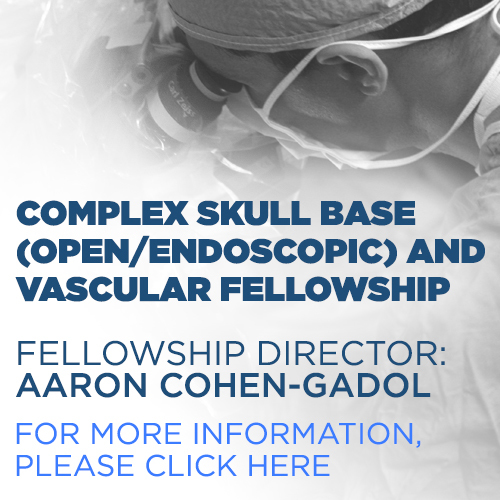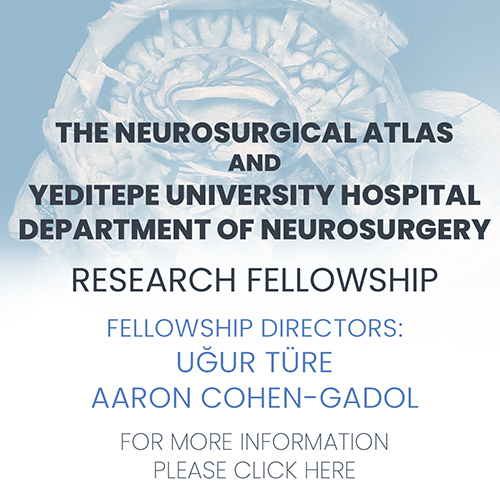Blastomycosis
Figure 1: These images demonstrate a fairly classic appearance of parenchymal blastomycosis. There is a large, cystic lesion with smooth rim enhancement demonstrated before and after contrast (Top Row), normal diffusivity in the cavity on DWI/ADC (Middle Row), and a mild amount of surrounding vasogenic edema on T2/FLAIR imaging (Bottom Row). More commonly, these patients will present with meningitis (not presented here).
Description
- Caused by the dimorphic fungus Blastomyces dermatitidis
- Endemic to Ohio and the Mississippi River valley
- Lung infection with hematogenous spread to the CNS in 5% to 10% of cases of disseminated infection
Pathology
- Exists as a mold in the environment and a yeast at body temperatures
Clinical Features
- Symptoms
- Nonspecific
- Headache, altered mental status, fever, vision changes, and seizures
- Age
- Highly variable
- Gender
- No gender predilection
- Median survival
- Depends on how early in the disease process management is started and whether the patient is immunocompromised
Imaging
- General
- Pachymeningeal (dura mater) enhancement and often lobulated enhancing mass lesions in the brain parenchyma
- Most common manifestation is epidural or parenchymal abscess, with meningitis being the most common presentation
- Modality specific
- CT
- Ill-defined areas or hypoattenuation
- MRI
- T1WI
- Hypointense or isointense
- T2WI
- Hyperintense
- DWI
- Typically normal diffusivity but can demonstrate central restriction
- Contrast
- Peripheral ring-like enhancement
- Pachymeningeal enhancement
- T1WI
- CT
- Imaging recommendations
- Standard protocol MRI (including DWI) with intravenous contrast
- Mimic
- Can mimic any of the ring-enhancing lesions and can present as a nonspecific meningitis; clinical history with travel to an area of endemicity can help narrow the differential diagnosis
Contributor: Sean Dodson, MD
References
Bariola JR, Perry P, Pappas PG, et al. Blastomycosis of the central nervous system: a multicenter review of diagnosis and treatment in the modern era. Clin Infect Dis 2010;50:797–804. doi.org/10.1086/650579
Fang W, Washington L, Kumar N. Imaging manifestations of blastomycosis: a pulmonary infection with potential dissemination. Radiographics 2007;27:641–655. doi.org/10.1148/rg.273065122
Rabelo NN, Silveira Filho LJ, da Silva BNB, et al. Differential diagnosis between neoplastic and non-neoplastic brain lesions in radiology. Arq Bras Neurocir 2016;35:45–61. doi.org/10.1055/s-0035-1570362
Starkey J, Moritani T, Kirby P. MRI of CNS fungal infections: review of aspergillosis to histoplasmosis and everything in between. Clin Neuroradiol 2014;24:217–230. doi.org/10.1007/s00062-014-0305-7
Stavraki C, Narayan A, Voronel O. Cerebral blastomycosis: radiologic-pathologic correlation of solitary CNS blastomycosis mass-like infection. J Clin Imaging Sci 2015;5:30. doi.org/10.4103/2156-7514.157854
Please login to post a comment.












